Tiny Garden
Tiny Garden is going to pull at nostalgic strings for anyone who grew up with a Polly Pocket. We were lucky enough to be offered a look at the prototype demo and got to play around with how the game is likely going to function when it releases.
It should be noted that this is basically an alpha design, so some of the mechanics and graphics that I’m talking about now may be different when the full game launches.
This game has been on our radar since the early design phase, so I was excited to get a glimpse behind the curtain.
Tiny Garden takes place in a familiar compact-style where the bottom half is a place to grow vegetables and the top half has shelves built in where you can design it with furniture.
There are several elements here that make this game fun. Not only are you gardening, but you’re using your produce as currency. So, you’re not leaving certain vegetables in your rearview mirror once you open up other options that usually amount to a greater selling value.
To get new crops, you have to meet a certain combination requirement. In this iteration of the build, you need a carrot and two turnips to unlock the bush seed. Or to unlock the lily pad, you need a sunflower and a bush.
This way of using the crops as an exchange means that no crop is necessarily less valuable because worth is measured differently. That isn’t to say that some things aren’t harder to get your hands on. Growing lily pads, for instance, takes a lot of planning. But, the earlier crops are a basic fundamental to get there.
Not only do you use your crops to buy seeds, but you, also, use them to buy tools to change the land and furniture to decorate the upper portion of your home.
I would like to pay in these vegetables…
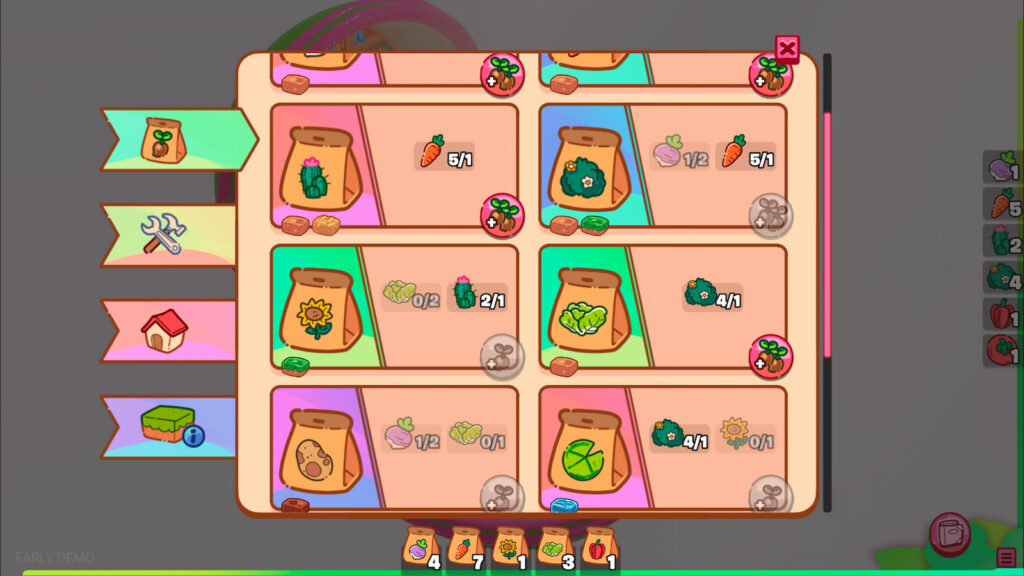
Here’s where things start to get pretty interesting. Your land starts as dirt, but what you grow and place can have an effect on the land. When you plant two bushes adjacent to each other, the block sitting adjacent to those will turn into a grass block – the game calls them leaf blocks. When you plant cactus, a cross-grid originating from the place you plant will turn the blocks into sand.
It’s very important to think about where you’re placing things, especially plants you intend to keep on the board for the long haul. The only tool available at the moment is a fountain which turns a three wide block area in front of the fountain into water blocks. However, if you place the feature where it can overlap with sand, then you get an entirely new block to build on.
Some plants only thrive in certain environments, so figuring out where to place things is essential.
The only other plant I want to talk about briefly is the sunflower. It can only be grown on a grass block, but it pays off big to set up the environment for it. Once the sunflower grows, the block directly in front of it gets a beam of sunlight. Anything that you grow on that sunlit block will not only grow a plant, but it will also give you two seeds for doing it.
This is a huge boon to capitalize on for the items that you can’t use this hack for – namely, items like the cactus which would ruin the block the sunflower needs by planting it there.
If you’re wondering how things grow, it’s a simple mechanic of turning a crank on the side of the compact. Some plants will grow from one turn, but I’ve had upwards of three spins. I didn’t see any ill effects by taking my time with the cranks, but in the final build, there might be certain details about this feature that you’ll need to be mindful of.
If you can’t find your magnifying glass, sunflowers are fine…
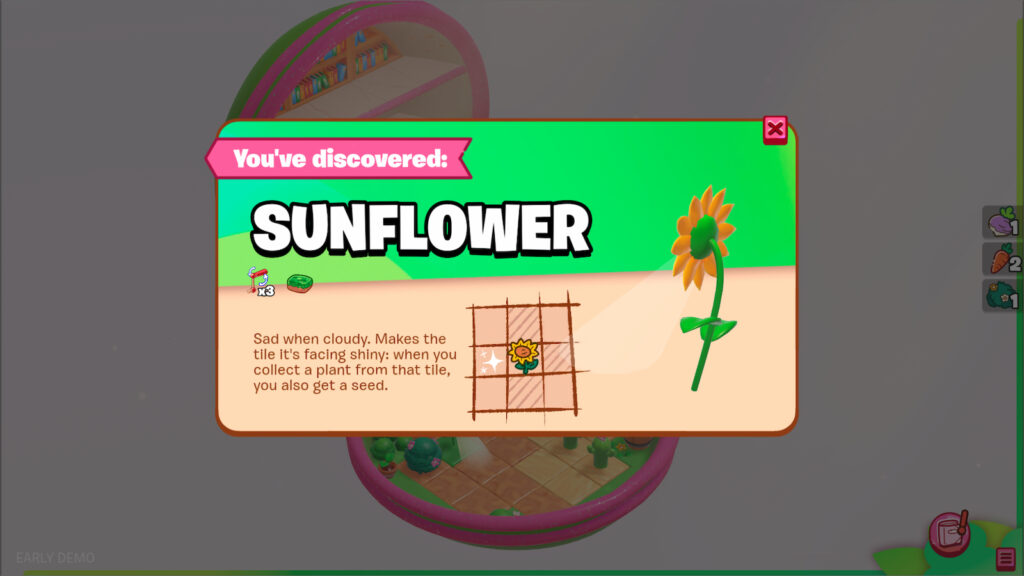
All in all, Tiny Garden is a simple game and since I only had the prototype to play with, there wasn’t much to the game. But, I had SO much fun playing with it.
Think about that for just one moment – I had a buggy prototype and I had an extremely good time. I’m incredibly excited for Tiny Garden to release and you can bet that I will be sinking my little grippy grabbers into it when it comes out.
If you want to support Tiny Garden, they have a Kickstarter going right now and, while their goal has been met, not all of their stretch goals have. If you want to have a hand in making the game even bigger and better, you can help them in two ways.
If you’re fortunate enough to support them monetarily, definitely lock in your order for the game. However, if you can’t fund the project, just sharing the Kickstarter is not only free, but invaluable to getting more eyes on such a gem of a game.
You can follow Tiny Garden on Steam and put the game on your Wishlist as well as checking
out their Kickstarter.
If you want to check out a review of a fully released game we did, you can see our thoughts on Paper Trail.
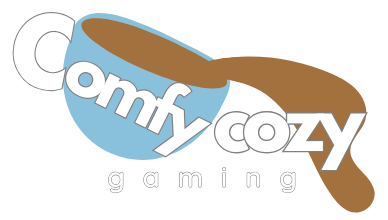
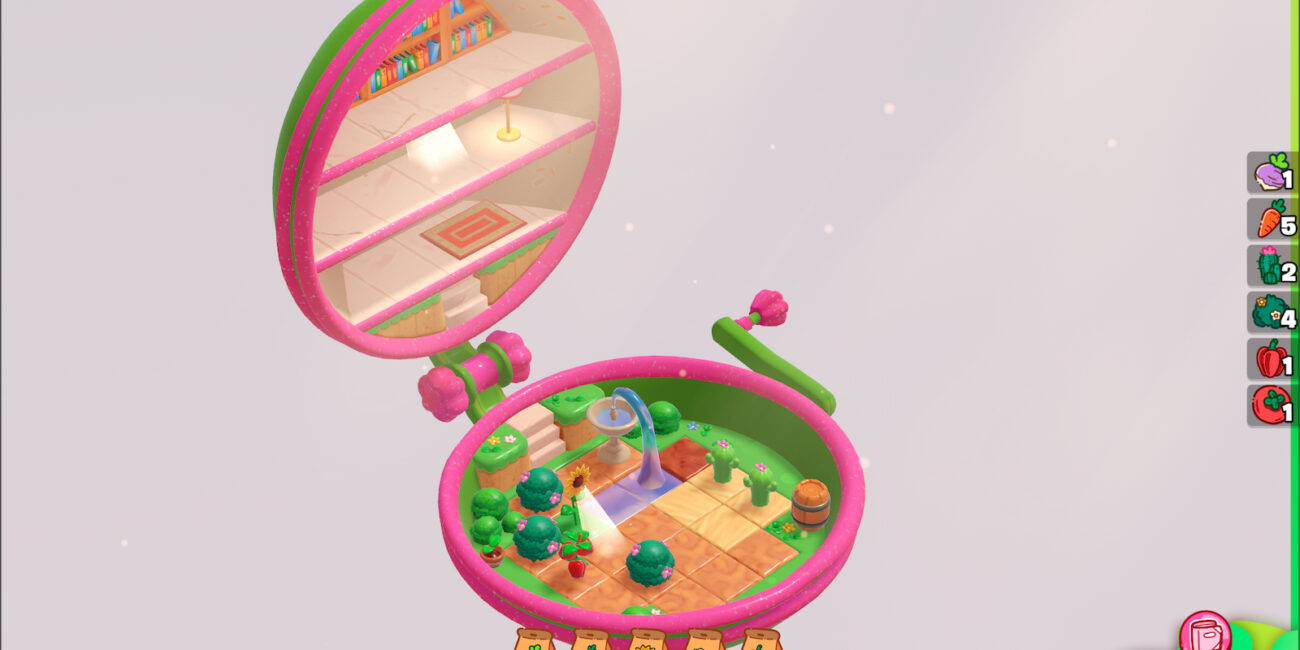
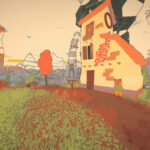
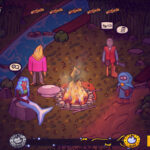
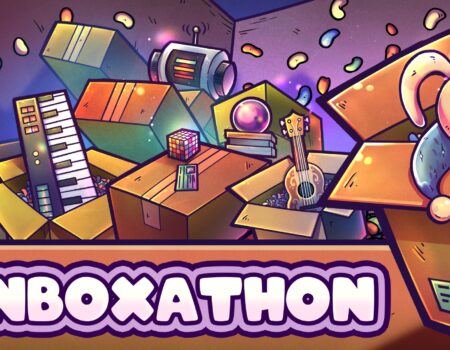
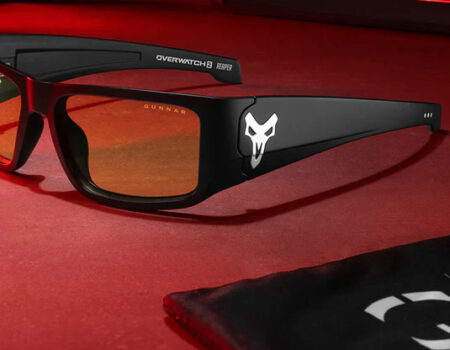
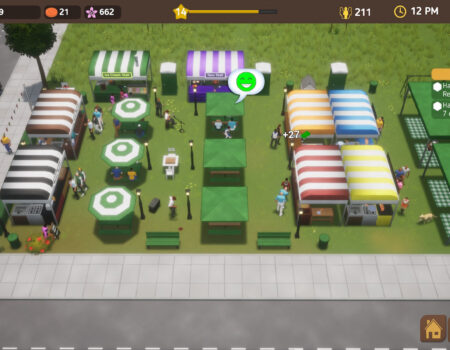

[…] Garden is something that we got the chance to test the prototype build on, so seeing it finally in the demo phase is pretty exciting!If you’re unfamiliar with Tiny Garden, […]